Natural Light International Design Competition Studio
- Sustainable Development
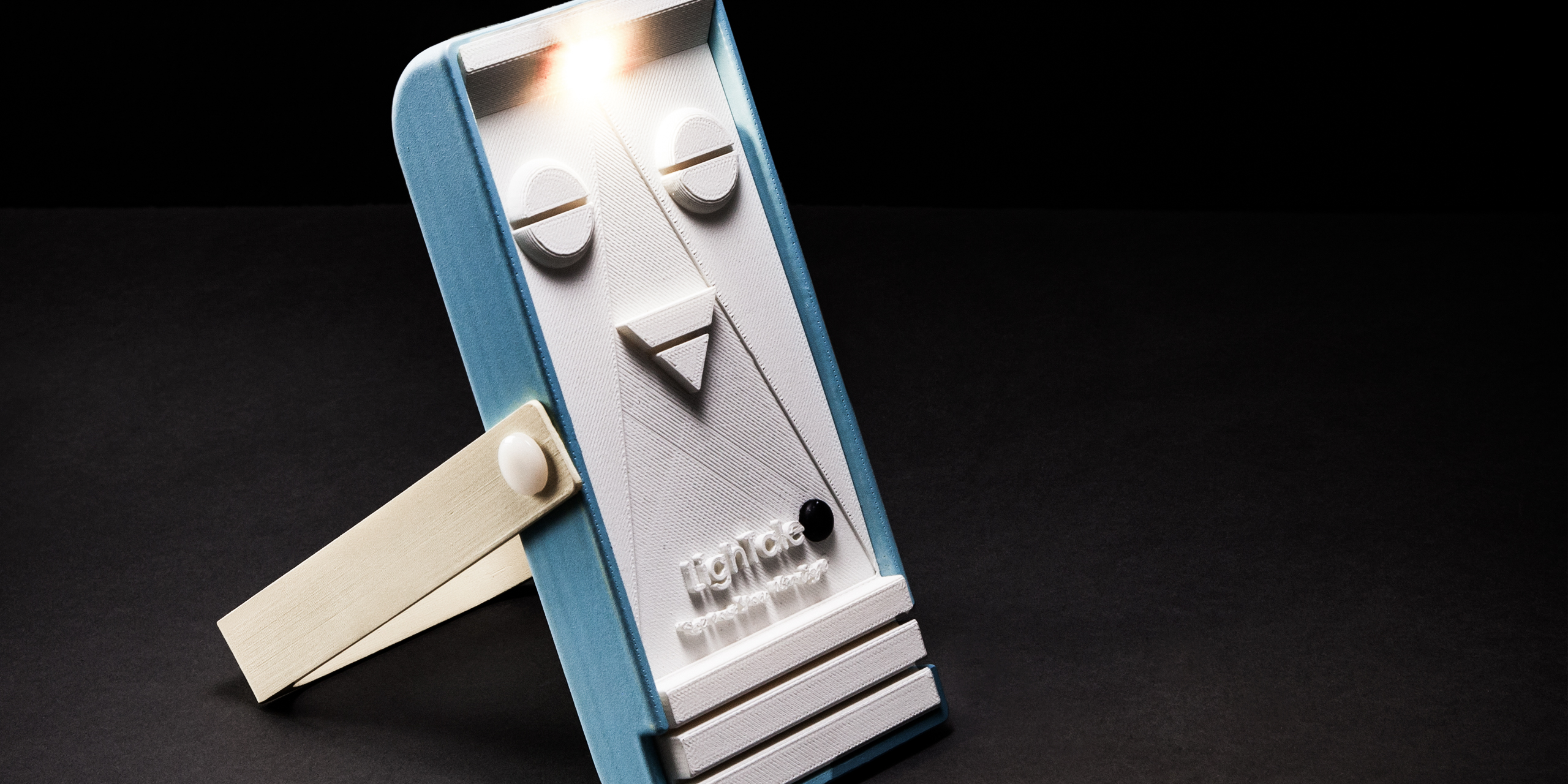
In the spring of 2015, students in this advanced lighting studio participated in the first-ever Natural Light International Design Competition (co-sponsored by artist Olafur Eliasson’s Little Sun) to create an affordable, sustainable, portable and artistically-pleasing solar-powered LED lamp which would have global appeal to both off-grid communities and those in industrialized nations such as Europe and the U.S.
Background
Currently, 1.2 billion people around the world have no access to electricity. This lack of electric light produces a precarious trickle-down effect for those living in emerging countries: working hours are limited to daylight, reducing income; medical care is severely restricted; children cannot study after sunset, potentially impeding their overall education goals; and community members cannot gather in the evenings, sending many into isolation.
Using kerosene lanterns as a light source presents a host of problems. Kerosene emissions are unhealthy to breathe and often women and children suffer disproportionally from the indoor pollution since they are the ones mainly inside the homes. Kerosene use also carries a high potential for burns and fires that have already destroyed countless homes. In India alone, overturned kerosene lamps burn 2.5 million people annually; about 350,000 of them children. Burning kerosene also impacts the environment; 190 million tons of CO2 are released into the atmosphere each year because of kerosene use.

Our first class was done by candlelight and then we transitioned to solar lights. On their own, students did exercises in empathy where they spent three nights living without electric lights. They created DIY solutions and shared their experiences on an emotional level and practical level. This gave students to that level of empathy to understand how other people live since we all couldn’t travel to Myanmar or Rwanda.
Penny Herscovitch, Associate Professor, Environmental Design
Project Overview
Students in this advanced lighting design studio participated in the inaugural Natural Lighting International Design Competition and were prompted by the competition’s requirements to create a clean, reliable and affordable solar-powered light with universal appeal.
The competition was co-sponsored by VELUX Group and Little Sun, a German-based social business that produces an economical and sustainable light and distributes it around the world.
Little Sun’s flagship product is a high-quality, solar-powered LED lamp developed by artist Olafur Eliasson and engineer Frederick Ottesen. Launched in 2012 in London’s Tate Gallery, the Little Sun Company has distributed more than 200,000 lamps worldwide to 10 African countries as well as in Europe, Canada, Australia, Japan and the United States.
Little Sun trains local on-the-ground entrepreneurs to be sales agents, empowering citizens with seed capital of product and offering valuable real-world experience running a small start-up business.

The Natural Lighting competition invited design students from around the world to reimagine sustainable, affordable and attractive lighting options for use in off-grid regions. The challenge was to use a minimum of technology – a Little Sun solar panel, three rechargeable AAA batteries and a PCB – to create an innovative solar lamp that could be used by a diverse cross-section of global cultures such as Myanmar families at the dinner table, back country campers in the Colorado Rockies or Rwandan children studying at night.
In addition to submitting a prototype image, students were also required to present a 500-word description and a 30-second film that describe how their project meets the evaluation criteria. With these components, students clearly and succinctly defined their project and target audience.
Competition criteria:
- Global relevance: How does the design appeal to people around the world with and without electricity?
- User centricity: How does the design meet the essential needs of people across the globe?
- Sustainability: How does the design address sustainability? Is sustainability incorporated in the design, production and functionality?
- Market potential/convertibility: Can the design be easily converted into an actual product with market potential?
- Price: For the product to be sold in off-grid African regions at affordable prices, the overall production price for the lamp must be no more than 4 EUR.
- Weight: The weight of the product cannot be more than 300 grams.
The winning project will have 14,500 lamps produced and distributed to Africa using Little Sun’s entrepreneurial networks. Another 14,500 will be given as gifts by Little Sun’s partner, VELUX Group.
Research and Project Development
The strict constraints and specific criteria of the competition challenged students to concisely frame their thinking and prototype development for optimal ideation.
To gain an intimate understanding of life without light, students conducted empathetic research by going off the grid themselves for three nights to discover the physical and psychological limitations that a world without electric light encompasses. During this time, students also devised numerous lighting “hacks” (handmade solutions) which helped them work, cook and navigate their surroundings in the dark.
During several classes, students had opportunities to interview and gain insights from individuals representing organizations that offer assistance and aid to developing countries. Via Skype, students had intriguing Q &A discussions with officials from Little Sun, the Nike Girl Effect Project’s efforts in Rwanda, and Proximity Designs’ work in Myanmar. These personal observations, coupled with NGO research collected over the years, gave the students a clearer picture of not just the social-economic landscape but also how an affordable and convenient light could positively change a community.
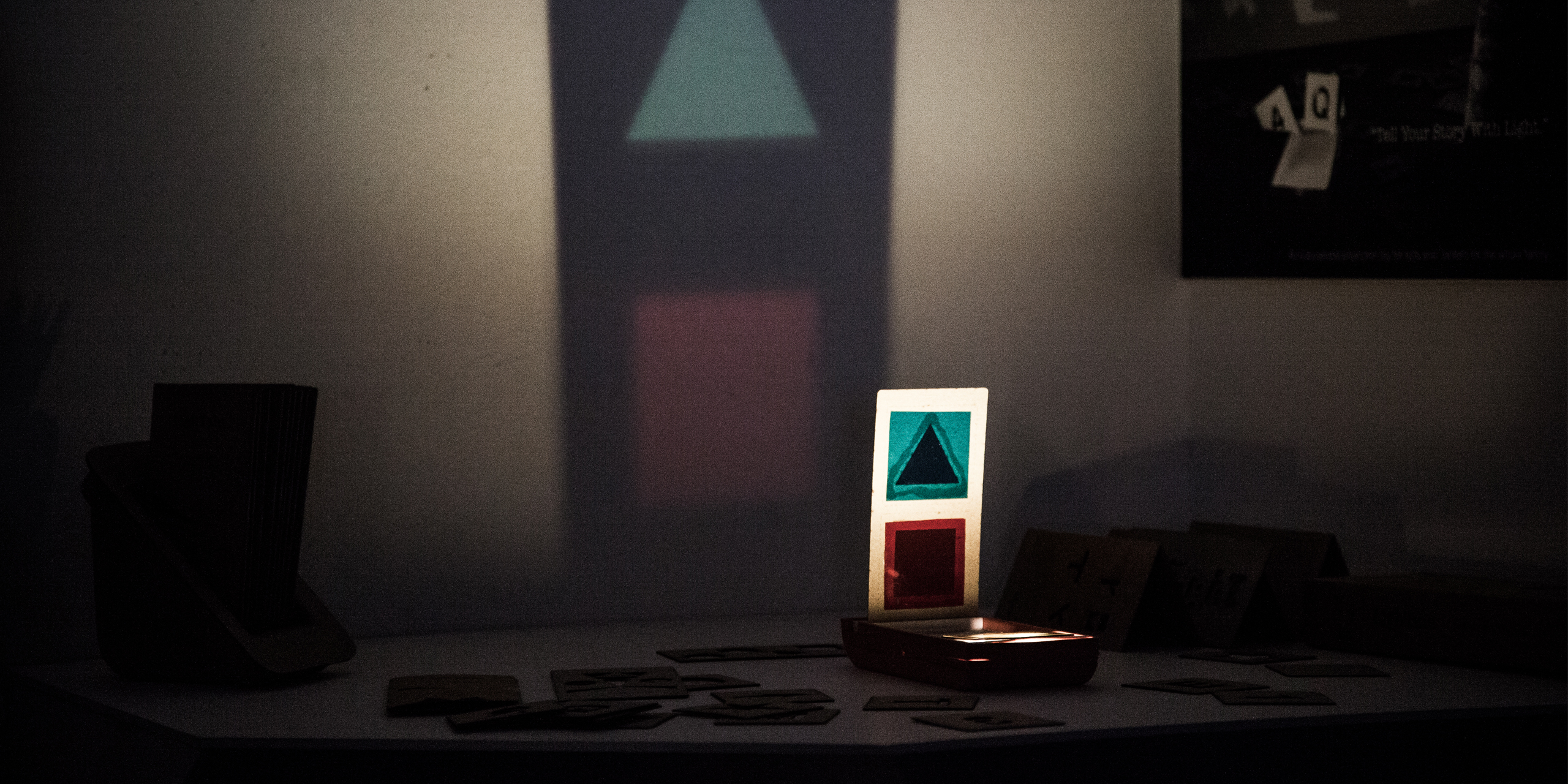
In addition, students realized the similarities of human needs no matter how rich or poor a country may be. The desire for family, community, security, honest work and play is universal.
Students also reached out to local proxies (mainly children and camping enthusiasts) who served as research subjects, giving constructive feedback about prototype design and real-world use and/or play. Students tested their own prototypes, using them to illuminate reading, cooking, and other household chores, and then developed their designs based on their insights.
Overall, instructors guided the students through their ideation development process, challenging them to redefine and reimagine their projects so they would best fit meet the needs of global users. In-class student critiques also were invaluable to the process.
One of the products we researched, the designers commented, ‘Light equals life.’ That simple and powerful statement is really true in the most simple and yet sophisticated sense.
Dan Gottlieb, Associate Professor, Environmental Design
Project Outcomes
 close
close
LighTale
Read moreWan Yu Lin (Graduate Environmental Design)
An educational projection tool and lantern, LighTale combines shadow puppetry and storytelling with the efficiency of a multifunctional lamp. LighTale taps into children’s natural creativity as they project colorful filters, drawings and educational cards. As a task light, LighTale can be placed on a table, hung from a wall or carried as a lantern outdoors. The sustainable packaging is made of durable recycled paper and pinecone resin for waterproofing.
 close
close
Moonstone
Read moreKaran Gandhi (Graduate Environmental Design)
A solar-powered interpretation of the traditional Indian Kandil lamps, Moonstone is a geometrical, multi-faceted lamp that can be hung, carried or placed for a variety of lighting needs. One facet has an empty notch which encourages users to personalize their lamps. Since a glass lens is used, Moonstone produces a clear beam of light, which makes reading – and other tasks – easier in the evening.
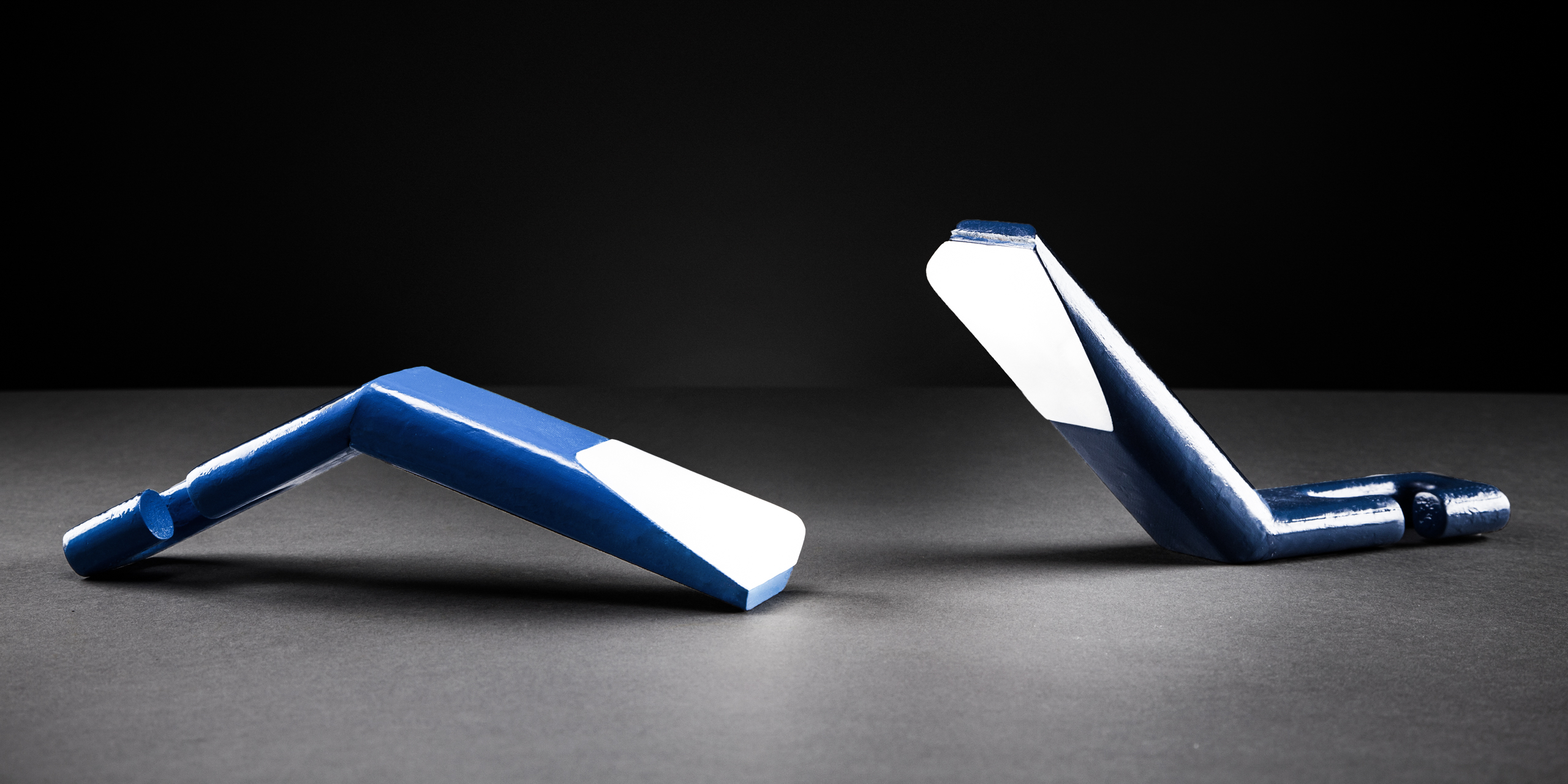 close
close
Connect
Read moreCrystal Zhang (Graduate Environmental Design)
Inspired by traditional Chinese puzzles, Connect is a fun, modular puzzle lamp that can be attached with other Connect lamps. The simple sling-open design allows it to be used as a table lamp, an overhead chandelier or an outdoor torch. Users can also wear Connect on their clothing or position in carrying bags. When Connect lamps are coupled together, users have a variety of angles to light the environment.
 close
close
Lumibug
Read moreHyein Jwa (Product Design)
Taking its cue from the iconic image of a firefly, Lumibug is a cheery kid-friendly lamp that’s egg-like shape allows it to naturally stand on any uneven surface. The bright yellow lamp can be placed standing up right, positioned on a slant or hung overhead for illumination. To recharge the solar panels, users pull one of Lumibug’s “wings” to pivot open and expose the lens and panels.
 close
close
Phibi
Read moreMatt Heinzler (Environmental Design)
Long legs and sticky toes, Phibi reinterprets the frog’s archetypal shape into a flexible, solar-powered luminaire that is adaptable, playful and appealing to both children and adults. The tetrapodal form allows users to bend, clasp and connect Phibi’s legs to wrap around poles, trees, belt loops, chairs, wall hooks, etc. Phibi would be manufactured with uniform silicon skin making the lamp heat resistance and waterproof.
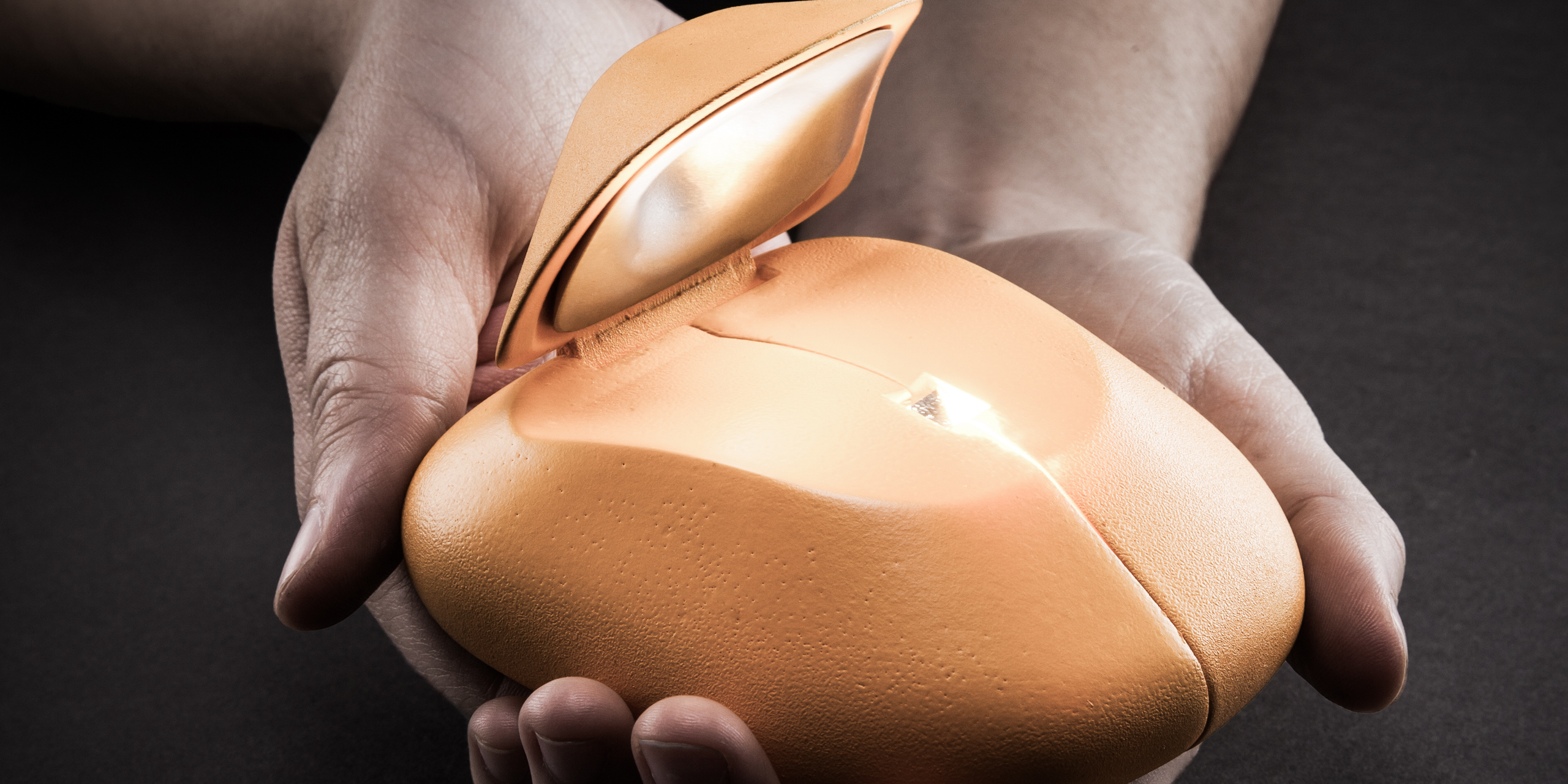 close
close
Sol
Read moreInes Llaneza (Graduate Environmental Design)
The symbolic action of capturing the power of the sun with hands is the philosophy behind Sol, a compact shell-shaped lamp that is ergonomically designed to be “hidden” within hands. Made of injected molded plastic, Sol is lightweight, durable and economical to manufacture and purchase. Sol’s frosted shell can be opened to provide direct focused light or can be closed to produce diffused illumination.
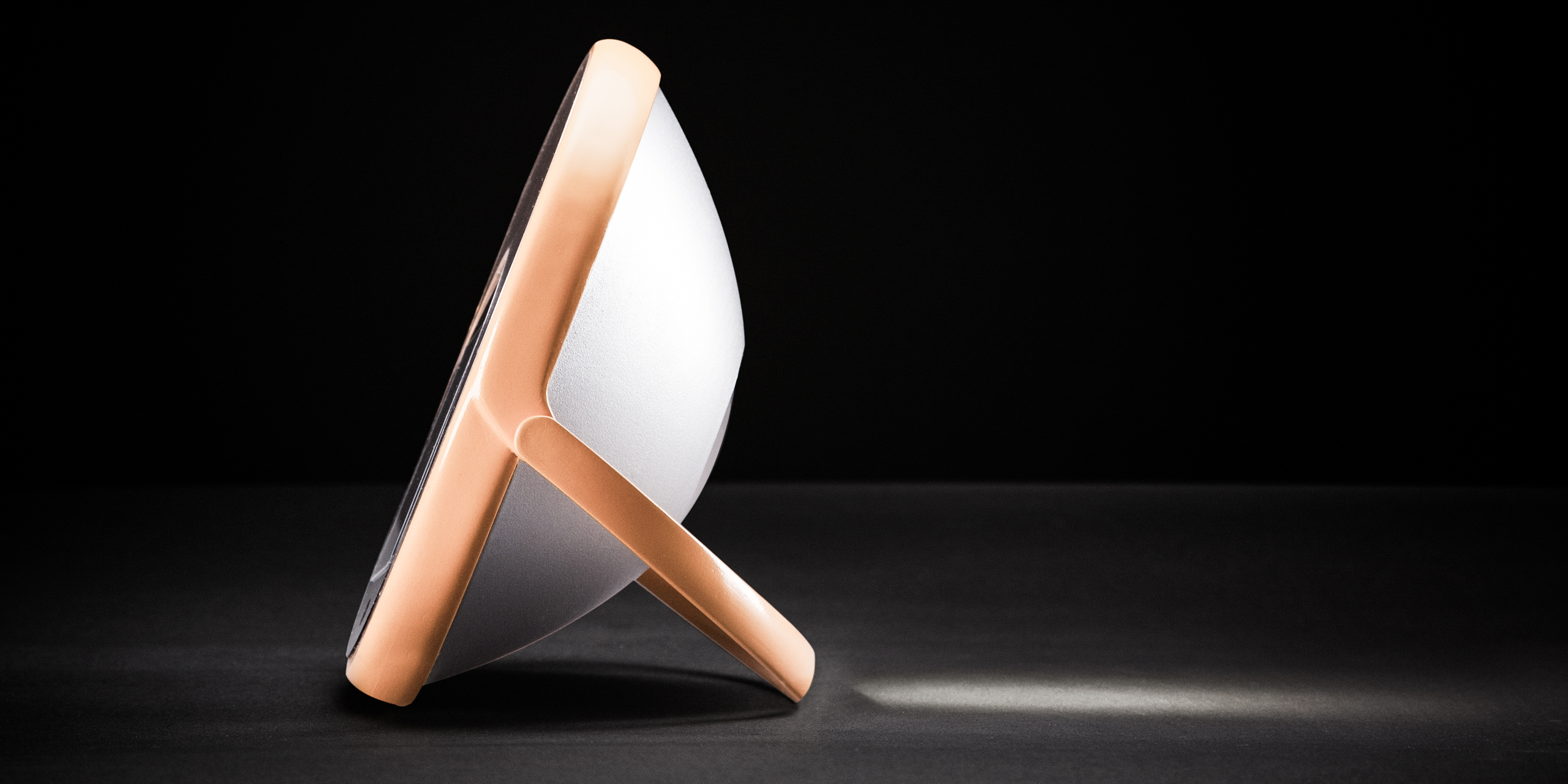 close
close
Soluna
Read moreKim Sohyun (Environmental Design)
Combining imagery of the sun (sol) and the moon (luna), Soluna offers double-sided illumination which can aid in social interaction and provide double light opportunities, especially for siblings studying in the evenings. Soluna simultaneously produces both direct focused light and ambient bounced light. The lamp’s handle is also dual-purpose, acting as either an adjustable stand or a handle when users need to easily transport the light.
Light is the way that we live. It’s the medium by which we see things and experience our daily lives. In this course, I learned a lot about electronics and manufacturing, but what surprised me was how humanitarian design can be so gratifying.
– Matt Heinzler, Student, Environmental Design